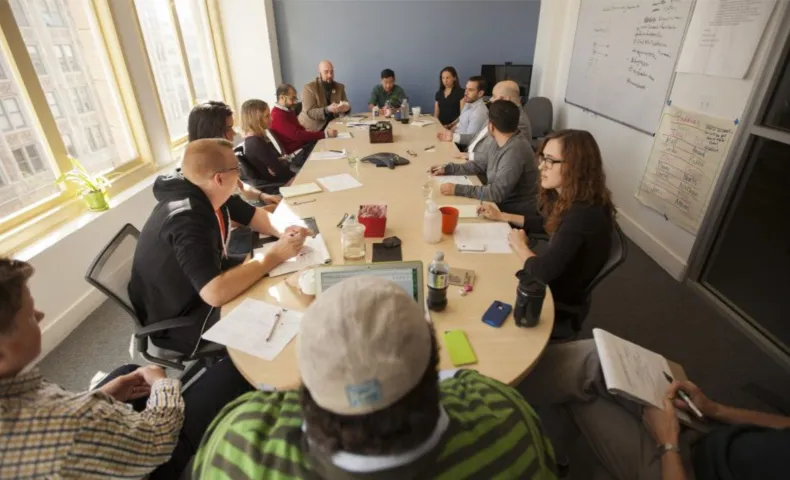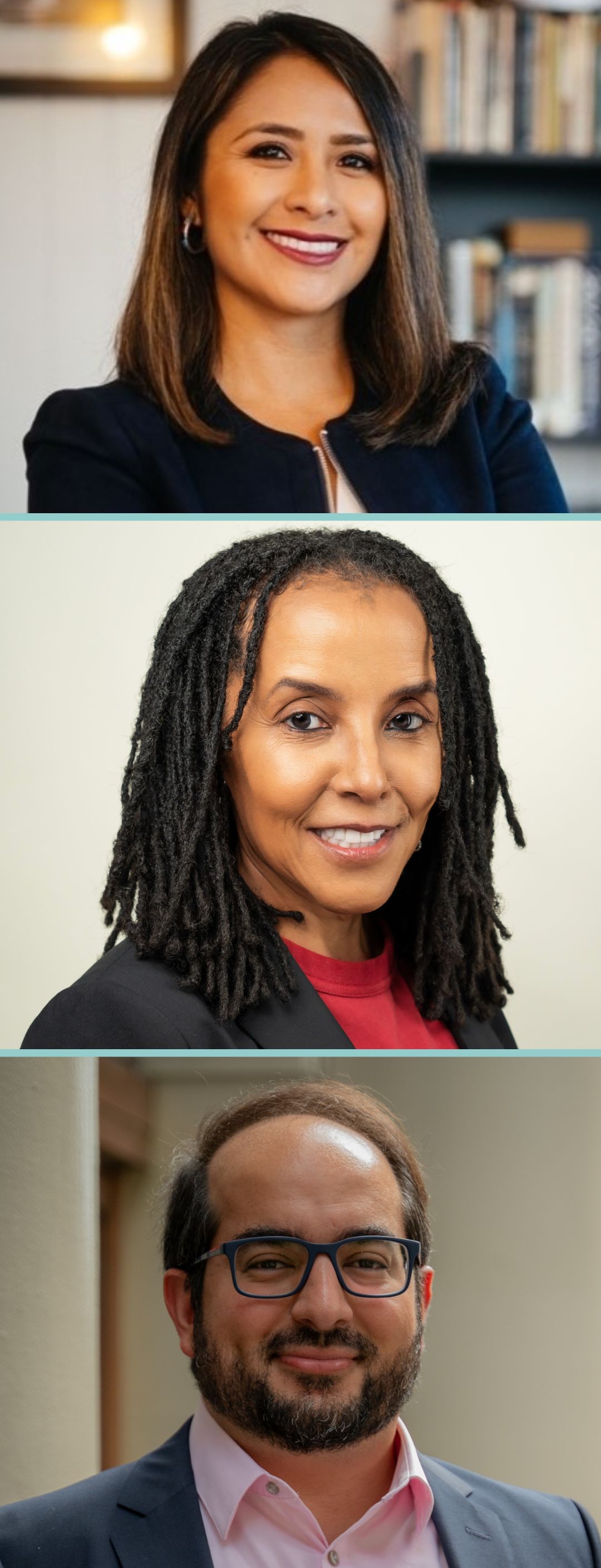 Photo Courtesy of The LeadersTrust
Photo Courtesy of The LeadersTrust
Stepping Into Executive Leadership
 Across movements nationwide, we are experiencing waves of change and leadership transitions in the nonprofit sector. Over the past few months since becoming program director for the Fund’s Immigrant Rights program, I have been connecting with new executive directors about the challenges and opportunities for their organizations in this moment.
Across movements nationwide, we are experiencing waves of change and leadership transitions in the nonprofit sector. Over the past few months since becoming program director for the Fund’s Immigrant Rights program, I have been connecting with new executive directors about the challenges and opportunities for their organizations in this moment.
Here are three of the leaders I talked to and their stories.
Iliana G. Perez with Immigrants Rising, Hear Our Stories
Kica Matos with the National Immigration Law Center, Trust Us to Find a Way
Masih Fouladi with the California Immigrant Policy Center, Build Our Power
I have come away from these conversations energized and clear that supporting leadership in the immigrant rights movement is a tremendous opportunity.
Over the years, Haas Jr. has been a strong believer in investing in leaders. Today more than ever, leadership support is key to tackling the systemic challenges facing immigrant communities. Advancing immigrant rights, or even holding the line during an election year, is no small task amid anti-immigrant attacks, the rise in xenophobia and white nationalism, and hyper-partisan politics. Immigrant rights organizations also grapple with unlivable wages, burnout, and unsustainable models, among other issues. Talking with these movement leaders is a grounding reminder of the visionary work being done to proactively create a blueprint for the next decade of immigrant rights. It is also a reminder of how funders can support the movement to build wellness practices and policies, address pay equity, and explore new leadership models that advance sustainability and retention.
Supporting groups during times of leadership change, in fact, is an opportunity to bolster organizations and facilitate greater community impact.
In my first year in this role, I have been talking with funder colleagues about the large numbers of executive director transitions that are occurring among these groups, and I have been heartened by the philanthropic interest in supporting new leaders. Here are some of the things that Haas Jr. and other funders are trying to do to better support grantee partners:
- Keep funding stable through leadership transitions—or better yet, increase grants or provide a one-time bump when a new leader steps into a role.
- Explore how to support a new leader, particularly if they face racialized and other barriers.
- Embrace more flexibility in reporting, grant deadlines, and other processes.
- Provide opportunities for new leaders to meet your team, other funders, and other nonprofit leaders and open a key door for them.
- Designate funds for leaders to support the mental health and well-being of their staff.
Please add to this list. What have you found to be effective? I’d be interested in hearing about new ways funders can be supportive of transitions and new executive directors at this critical time in immigrant communities.
